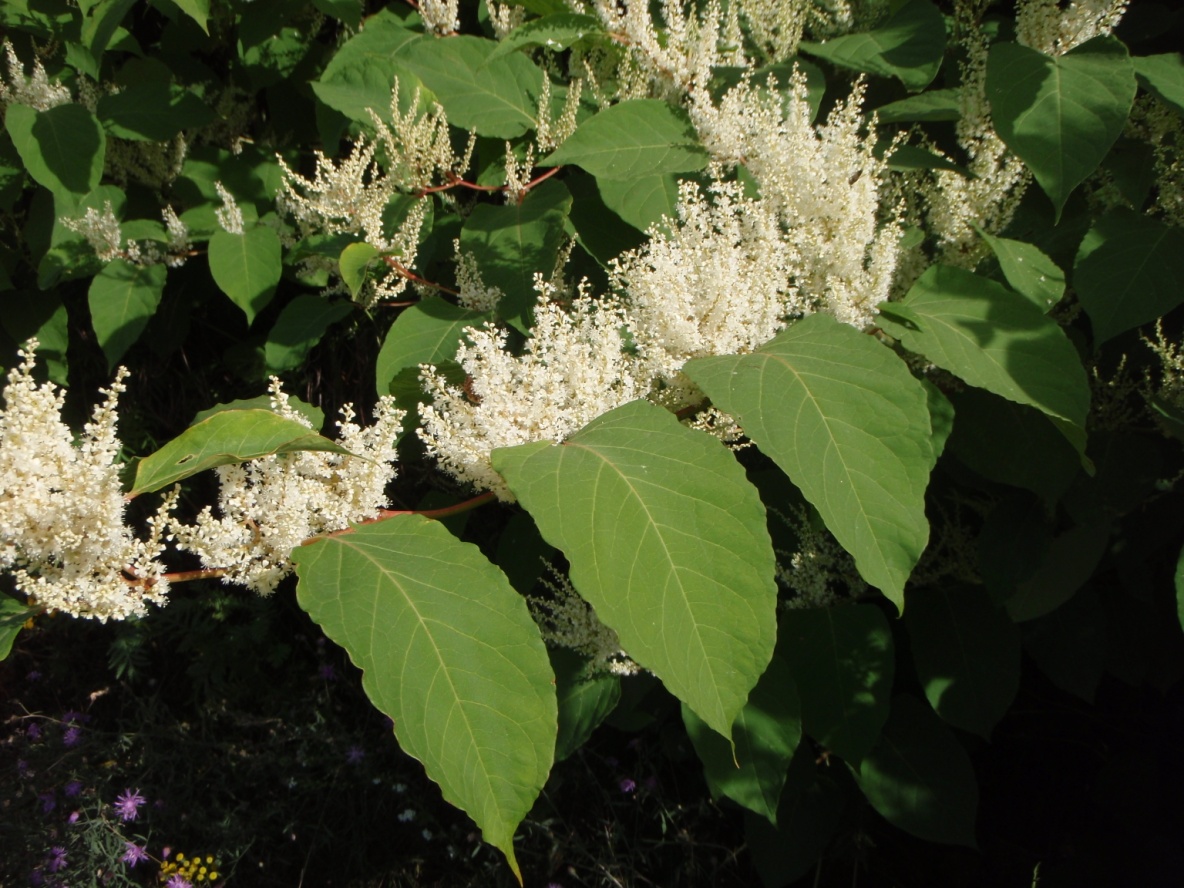by Michelle Gobert | Dec 11, 2014 | Aquatic Invasive Species News, Lake news
Please click the link below to read the article on Starry Stonewort: http://www.jsonline.com/news/invasive-algae-found-for-the-first-time-in-a-wisconsin-lake-b99397718z1-283977751.html
by Michelle Gobert | Oct 19, 2014 | Lake news
On September 13th our annual Fall Forum was held at the Lake Lucerne Clubhouse. There were a number of guest speakers including Jim Kreitlow, DNR: Mike Pruell, Mole Lake Sakagon Fish Biologist, Emily Anderson, Wild Rivers Invasive Species Coalition and John Pruess,...
by Michelle Gobert | May 11, 2014 | Aquatic Invasive Species News, Invasive Species, Lake news
A recent article shared by John A. Preuss, Lumberjack Aquatic Invasives Coordinator for Lincoln, Langlade and Forest Counties: Yard MD blog: Warning! Garden centers are selling invasive shrub Avoid purchasing and planting Scotch Broom May 5, 2014 | Rob Zimmer...
by Michelle Gobert | Apr 9, 2014 | Aquatic Invasive Species News, Lake news
The following article “Study: Mussels improve lake property values Invasive species improves water clarity” was recently shared by John A. Preuss, Lumberjack Aquatic Invasives Coordinator.

by Michelle Gobert | Mar 17, 2014 | Learn About Invasive Species
Yellow floating heart grows in dense mats. It is originally from Eurasia, the Mediterranean, China, India, and Japan. It is believed to spread from releases from water gardens and the nursery trade. It reproduces by seeds, stems, or broken off leaves with part of a...

by Michelle Gobert | Mar 17, 2014 | Learn About Invasive Species
Japanese knotweed is a semi woody shrub that can reach heights of 8 to 15 feet tall. The plant resembles bamboo and is often called Japanese bamboo. It originated in Japan and made its way to the United States and Wisconsin as an ornamental plant that people planted...


